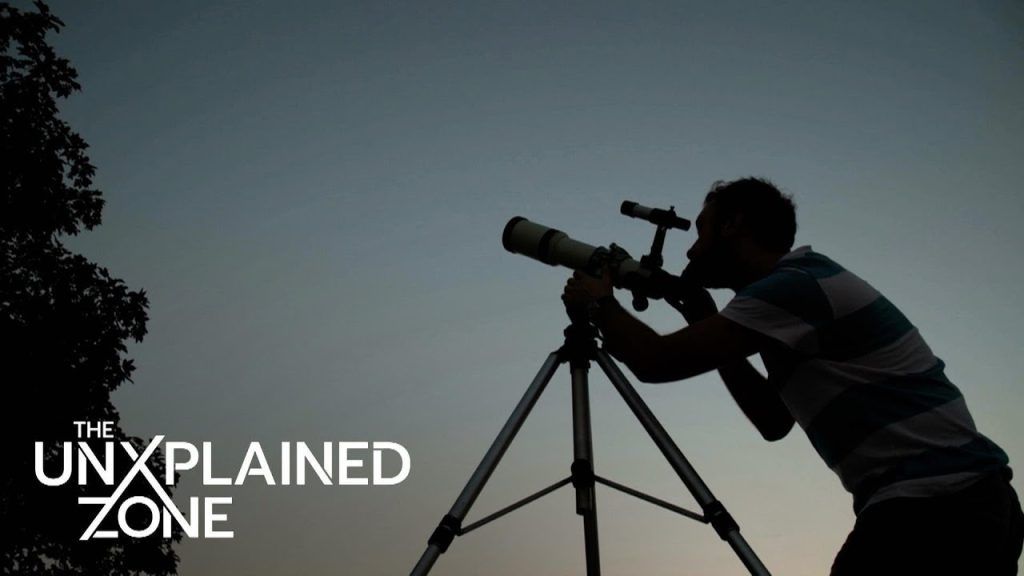
In an era that often seems defined by the unveiling of concealed truths, few revelations have been as captivating as the global recognition of Unidentified Aerial Phenomena, more commonly referred to as UFOs. As several governments worldwide have gradually begun to disclose previously classified information, an intriguing pattern has begun to emerge, challenging both our understanding of aviation and our place in the cosmos. This article explores this fascinating issue, shining a light on a topic that was once dismissed but is now increasingly commanding international attention.
For decades, the existence of UFOs was largely dismissed by officials in many countries, including the United States. The official stance was one of denial or, at the very least, calculated silence. However, a significant shift occurred in 2017 when the U.S. officially acknowledged its investigations into UAPs. This admission signaled a landmark change in the global discussion surrounding UFOs.
Interestingly, not all nations trailed behind the United States. Some had been diligently studying the skies long before the U.S. disclosure. In South America, for instance, Chile has been at the forefront of UAP research. As far back as 1997, the Chilean government created the Committee for the Study of Anomalous Aerial Phenomena. The Committee is tasked with examining all reports of UAP activity, whether they come from commercial, military, or civilian sources. In 2014, the Chilean naval officers captured video of an unidentifiable aerial object, indicating the scope and intensity of UAP activity in the region.
Other South American countries, such as Brazil, Peru, and Bolivia, also possess rich histories of UFO encounters and extraterrestrial theories that are interwoven into their cultural heritage. This cultural acceptance, coupled with a more open-minded approach, has allowed these countries to delve deeper into the study of UAPs, often with less societal resistance than in other parts of the world.
Japan offers a contrasting narrative to the South American experience. The Asian nation long denied the existence of UFOs, even making an official statement to that effect in 2018. However, this posture changed in 2020 when Japan’s Defense Minister, Taro Kono, instructed the Japanese self-defense forces to visually record any encounters with unexplained crafts.
VIDEO: Japan’s Government REVEALS Secret UFO Activity (Season 18) | Ancient Aliens | The UnXplained Zone
This shift in Japanese policy appears to have been triggered by a meeting with U.S. Defense Secretary Mark Esper, highlighting the increasing global cooperation on UFO investigations. Ancient astronaut theorists and researchers view this shift in policy as significant evidence that governments worldwide are now acknowledging the potential reality of objects in our skies that may not originate from our planet.
The rapidly evolving narrative of UAPs and global recognition of their existence has opened a new chapter in our understanding of the universe. The issue of UFOs, once confined to the realms of science fiction and conspiracy theory, is now becoming an accepted area of investigation and discussion among world governments.
The current landscape signals a new era of transparency and investigation that seeks to explore the unexplained phenomena in our skies. As governments worldwide continue their research and share findings, we can only expect this topic to become more central in our conversations about aviation, defense, and perhaps even our existence. Whether this leads to earth-shattering discoveries or simply a more nuanced understanding of atmospheric phenomena, only time will tell. The sky, as it seems, is no longer the limit.
Don’t forget to follow us on Youtube for the latest UFO videos.
Link: youtube.com/@LUFOS-UFO


Leave a Reply